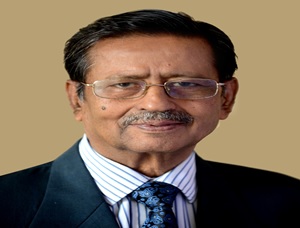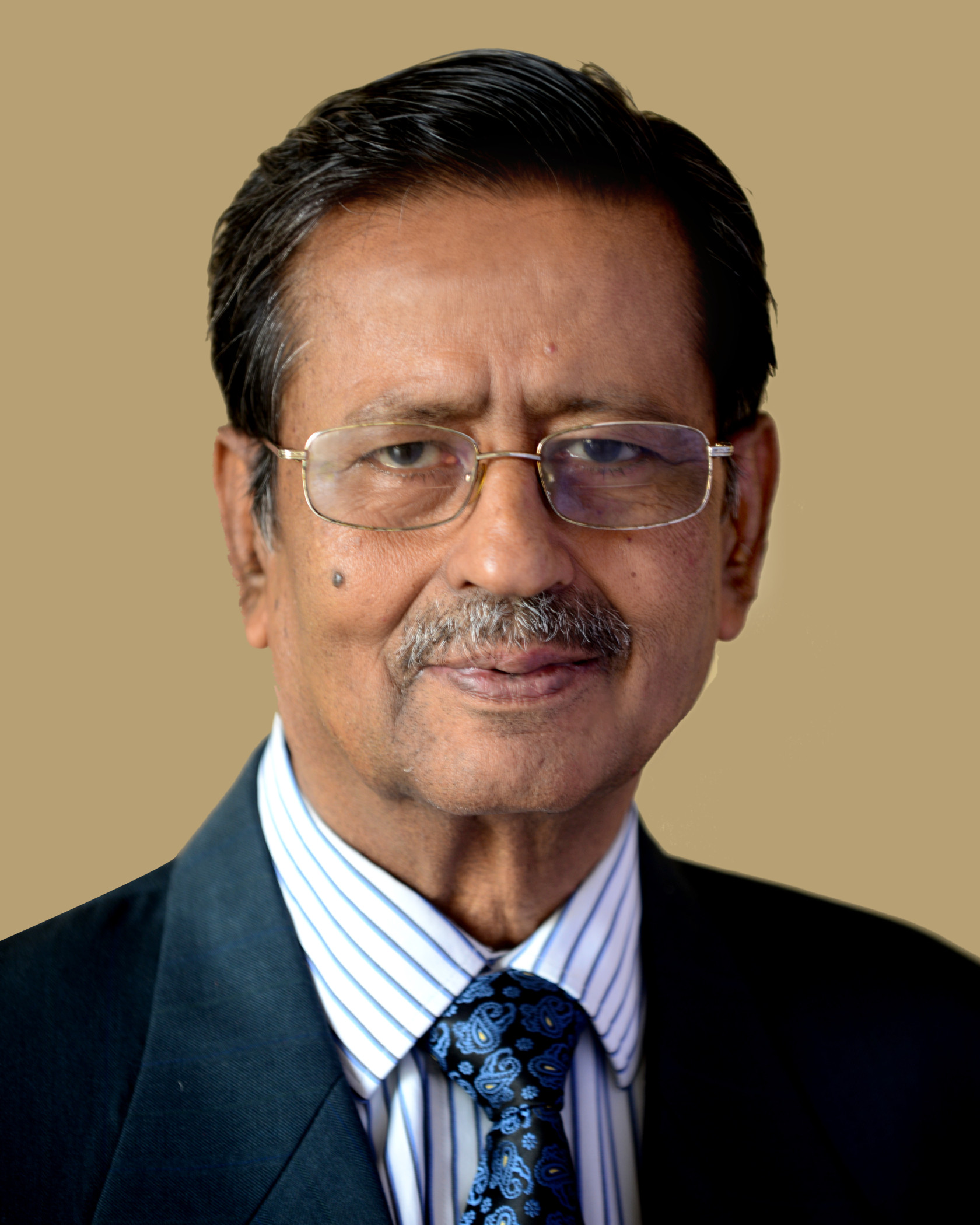
Wireless Networks in India: Move to 5G
In Davos this year, among many business topics discussed 5G had a central stage. The other topic that drew attention of business executives was quantum computing. Both these topics generated a lot of interest. Though there was high level of buzz and excitement, 5G drew more participants and the conversation around it was quite serious. It is generally thought that 5G is just the next step in wireless technology after 4G; but 5G is stated to be absolutely transformative. Countries are in race for getting 5G established as early as possible while companies are trying to find a solution that will maximize their earnings. Indian companies, too, have started planning for it though it looks to be still distant not so much on technology front as on the economic front. The task force set up for 5G implementation is looking at the opportunities and constraints and is working for its implementation. Wireless services in India began during British regime. As early as in 1902, the first experimental wireless telegraphy links were demonstrated following which Department of Wireless Telegraph was created. Thereafter, in 1908, wireless telegraphy was installed in Diamond Harbour, Calcutta where it was used as a matter of routine. People of India had to wait for 90 more years for widespread use of the new found wireless technology.
When it comes to mobile phone service, the first mobile phone, on a non- commercial basis, was launched in 1985. It was only in 1995 that commercial service was started when, I, too, had acquired an official mobile phone. The growth of mobile subscribers initially was modest due to cost and connectivIty issues.
New policy initiatives beginning 2007, however, caused rapid growth. The growth, thereafter, was rapid. The subscriber base increased to 560 million in 2009 and is over a billion today meaning thereby that on an average almost every Indian has a mobile phone.
Like any other country, to start with the mobile networks used 2G technology. 3G technology followed soon, it being implemented in 2010. 4G was introduced in 2016 but even today whole of India is not properly covered by 4G technology. While the mobile network technology advanced from 2G to 4G, the mobile manufacturers, too, advanced their technology producing mobile phones compliant with 4G, thus, advanced mobile phones known as smart phones came in plenty in the market. The earlier 2G and the early 3G networks had limited functionality; initially, they offered voice services only. 3G in its later version and present 4G mobile networks were based on improved technology. They were capable of providing internet-based services like email, video, and various social media.
The inflexion point in mobile technology came with 4G technology. This technology, which is based on packet-switched data transmission as also high speed connectivity, is presently in use. Over 250 million subscribers in urban areas all over the country are using one or the other 4G network. LTE, a 4G wireless communications standard, coverage in India’s rural areas remains a big challenge though 5G is now knocking the door. Compared to advanced countries where 4G link speed is 25 Mbps, though Indian networks are picking up, the average speed, even today, is around7 Mbps.
5G deployment in India still seems to be distant though experiments are going on. The major issue is about 5G strategy as there are conflicting considerations and approaches. If we analyse cost and benefit, two scenario emerge.
Firstly, if go for early adoption, both the technology and the equipments are bound to be more expensive. Further, being early is quite dicey, as will have uncertainty and will be quite costly to mature. Secondly, on the other hand, if country adopts and proliferates 5G technology, its benefits can be harvested early improving not only technology but giving a boost to Digital India. It will bring several benefits to the people and create several opportunities for India’s development.
Study in depth is needed on several frontiers of 5G to make an optimum decision. It will not be out of place to state that taking into account the vastness and the diversity of the country, 2G, 3G and 4G, may continue for a number of years when it will be appropriate to phase them out. Be that as it may, the Government of India has launched a program titled ‘Building an End-to-End 5G Test Bed.’ This test bed has been set up with the purpose of advancing research and innovation in 5G. This program was launched in March 2018 itself. A budget of Rs. 2,240 million for this project has been provided. IIT Madras, IIT Hyderabad, IIT Delhi, IIT Kanpur, CEWIT, SAMEER and Indian Institute of Science (IISc), Bangalore, are working on this program.
One wonders why management institutions have not been involved right in the beginning for developing policy and strategy for implementation. As of now, apart from academic institutions, small technology companies will be required to collaborate within and between themselves.
The proof-of-concept 5G prototypes that are broadly compliant with the 3GPP standards is the intended outcome of the program. The Ministry of Electronics and Information Technology (MEITY) and the Department of Science and Technology (DST), too, in their own way, have funded around 5G themes, some smaller academic R&D programs. 68.84% of Indians (around 833.1 million people) live in 640,867 different villages, according to the 2011 Census of India. There is big variation in the size and the population of these villages. Villages with a population of fewer than 500 number 236,004. The bigger villages accounting to 3,976 villages have a population of over 10,000. LMLC, which reflects the needs of rural India is still to be developed.
Presuming that technology is developed, equipments are ready and the policy and strategy in place, the real challenge for the government of India for introducing 5G is to make the service providers, Reliance, Airtel and Vodafone-Idea bite the bet.

Prof. Arunaditya Sahay
Professor and Dean (Research), BIMTECH
